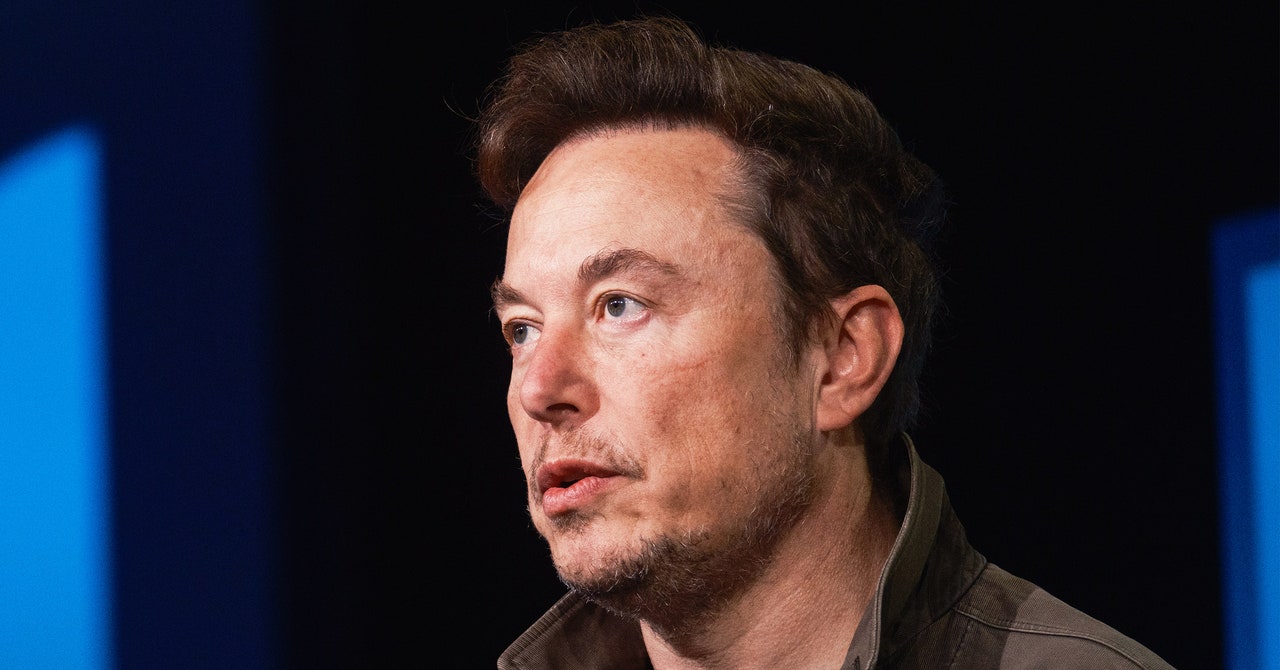
Elon Musk said on the social media platform X on Monday that the first human patient has received a brain implant developed by his company Neuralink.
After years of delays, Neuralink started recruiting patients for a clinical trial in the fall after receiving approval from the US Food and Drug Administration and a hospital ethics board. The company is developing a device called a brain-computer interface.
Musk has said that Neuralink’s ultimate goal is to “achieve a symbiosis with artificial intelligence,” but for now he’s starting with a far more modest aim: allowing paralyzed people to control a cursor or keyboard with their brains. In a brochure about the study, Neuralink says it is recruiting participants with quadriplegia, or paralysis in all four limbs, due to cervical spinal cord injury or amyotrophic lateral sclerosis (ALS) and that are at least 22 years old. It anticipates the study will take six years to complete.
In its brochure, the company says it will use a surgical robot it developed to place the implant into a region of the brain that controls movement intention. Once in place, the coin-sized device is designed to record and transmit brain signals wirelessly to an app that decodes those signals.
In his post on Monday, Musk added that the patient was “recovering well” and that “initial results show promising neuron spike detection.” But it could be months before we know whether the patient can successfully use the implant to control a computer or other device. The person will have to recover from surgery, and training someone to use a BCI can take several weeks.
The Neuralink patient is far from the first to get a BCI. A few dozen people around the world have been outfitted with the devices as part of research studies. The first, Matt Nagle, did so in 2004. Over the years, these systems have allowed paralyzed people to play video games, move robotic arms, and write emails using just their thoughts.
Until recently, BCIs were largely pursued by academic labs. They required clunky setups using thick cables that made them impractical to use at home. Neuralink’s system is designed to be wireless and records neural activity through more than 1,000 electrodes distributed across 64 threads, each thinner than a human hair. The most common device used in BCI research, the Utah array, records from 100 electrodes.
The company has also been beset by controversy, particularly around its treatment of research animals. A WIRED investigation in September detailed how some of its monkeys died as a result of the company’s brain implant testing. The company is reportedly facing a federal investigation related to its treatment of animal subjects. And this month, a Reuters report revealed that Neuralink was fined for violating US Department of Transportation rules regarding the movement of hazardous materials.
Since Neuralink’s founding in 2016, a handful of companies have emerged to commercialize these systems. One competitor, New York–based Synchron, has not only beat Neuralink to implanting its BCI in people but has shown that its device is safe and allows patients with paralysis to browse the web and do online shopping and banking while at home.
Neuralink has not specified where the trial is taking place or how many patients will be included. The company has set up a patient registry for potential participants to learn whether they qualify for the study. It has not registered with ClinicalTrials.gov, a central database with information on clinical studies funded or sponsored by industry and government agencies.
Right now, the only details available on the Neuralink surgery come from a single Musk tweet. While it may not move the needle on merging humans with AI, it would represent a critical milestone for a promising device.

